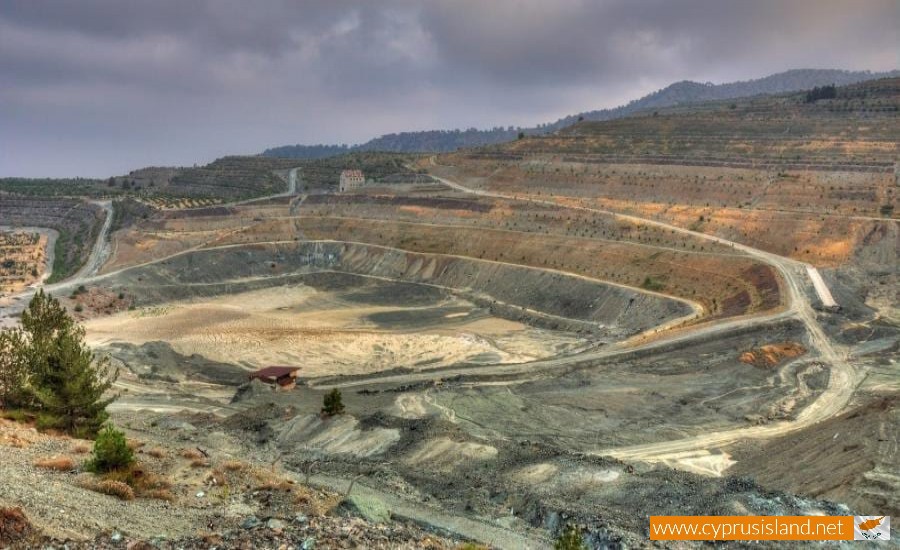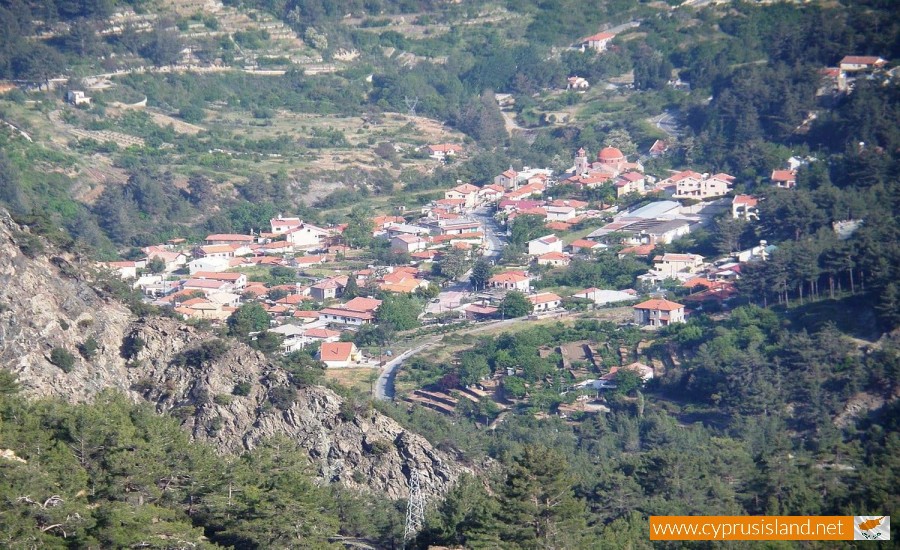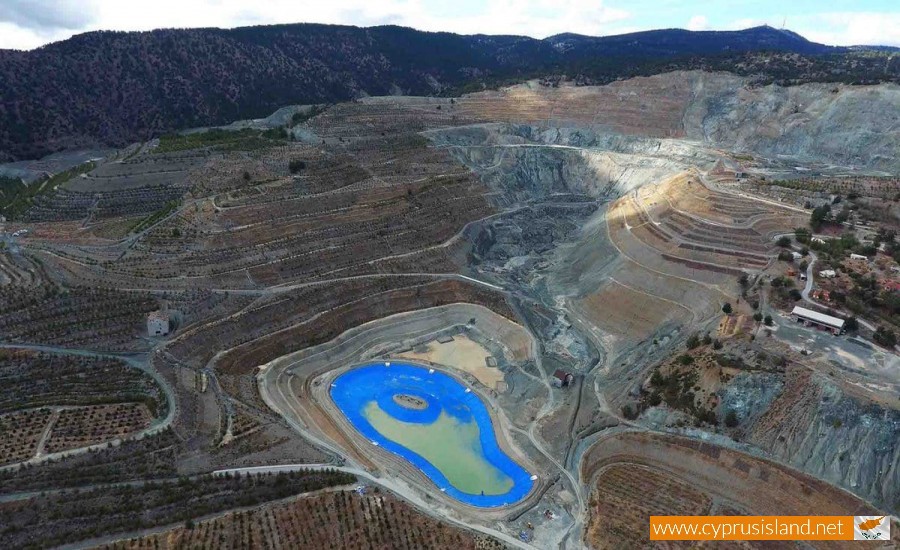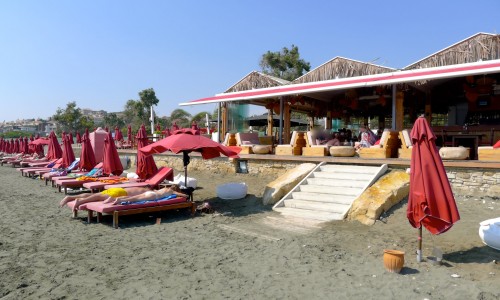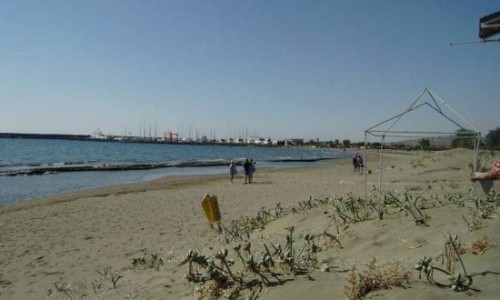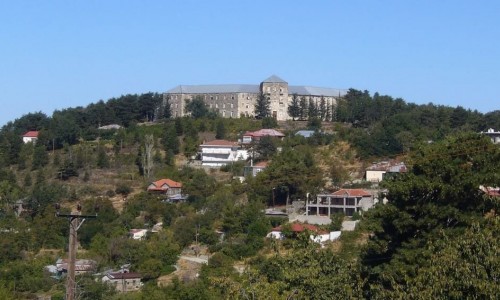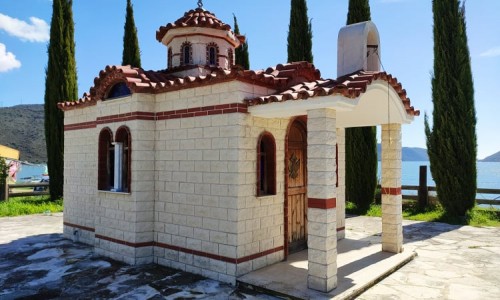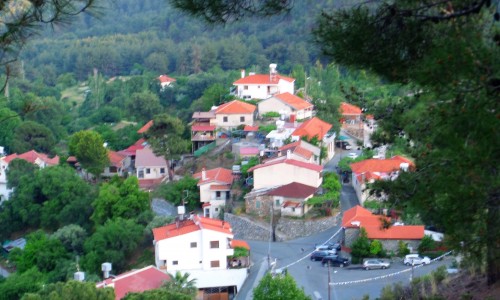Amiantos Village
Amiantos Village is located at the foot of the Troodos Mountain range, at the geographical district of Pitsilia.
It is situated about 48 kilometres from the town of Limassol. The settlement of the village in the area of Kato Amiantos is built at an altitude of 1100 metres above the sea surface and the area of Pano Amiantos is located at an altitude of 1365 metres. Amiantos borders with Pelendri to the south and east, with Dymes to the east, with Kyperounta to the north east, with Kakopetria to the north, with Platres to the west and with Moniatis to the southwest.
The natural environment in the area includes uncultivated and cultivated areas of land. The uncultivated land includes poplar trees, pine trees and wild vegetation. The cultivated land includes apple trees, pear trees, peach trees, fig trees, vegetables, almond trees and vineyards. The Kouris River passes by the area along with its smaller rivers.
An important part of the Amiantos area was affected by the long-term operation of the Amiantos mine, from which asbestos was mined. The natural environment was affected by the creation of the crater and the extensive rubble. The pine tree forest near the mine was destroyed, the atmospheric air and the surface water was polluted from the asbestos fibres. In 1955 rehabilitation work in order to restore the natural environment took place by the government, which also included the reforestation of the area.
The history of the village is related with the asbestos mine that existed in the area. This is also where the village got its name from. The workers in the mine were also the first residents in this area. A railroad began from the area and ended in the Enaerios location in Limassol. This railroad transported the asbestos to the company storage areas and from there it was then transferred to the old Limassol port.
The first resident of the village was Hadjiktoris , who moved to the area which was later called Kato Amiantos in 1918.
The settlement was originally called the village of Hadjiktori. Then the name of the village became Kato Amiantos. After the closing of the mine in 1988, Pano Amiantos was slowly abandoned. The two communities were then joined as one in 2005, with the name Amiantos.
There is a central church in the village that is dedicated to Apostle Andrea. There is also another chapel dedicated to Agia Paraskevi. At the borders of Amiantos – Pelendri a chapel dedicated to the Virgin Mary was built by the community. The chapel is located very close to the settlement of Amiantos.
According to the population inventory that took place in Cyprus, the village population met a great increase during the period that the mine was in operation. Before 1950, when the mining was done manually, the population reached its peak. After 1950 machines were used, which caused a population decline. After the mine was shut down, as well as due to urbanism, the population had decreased even more.


